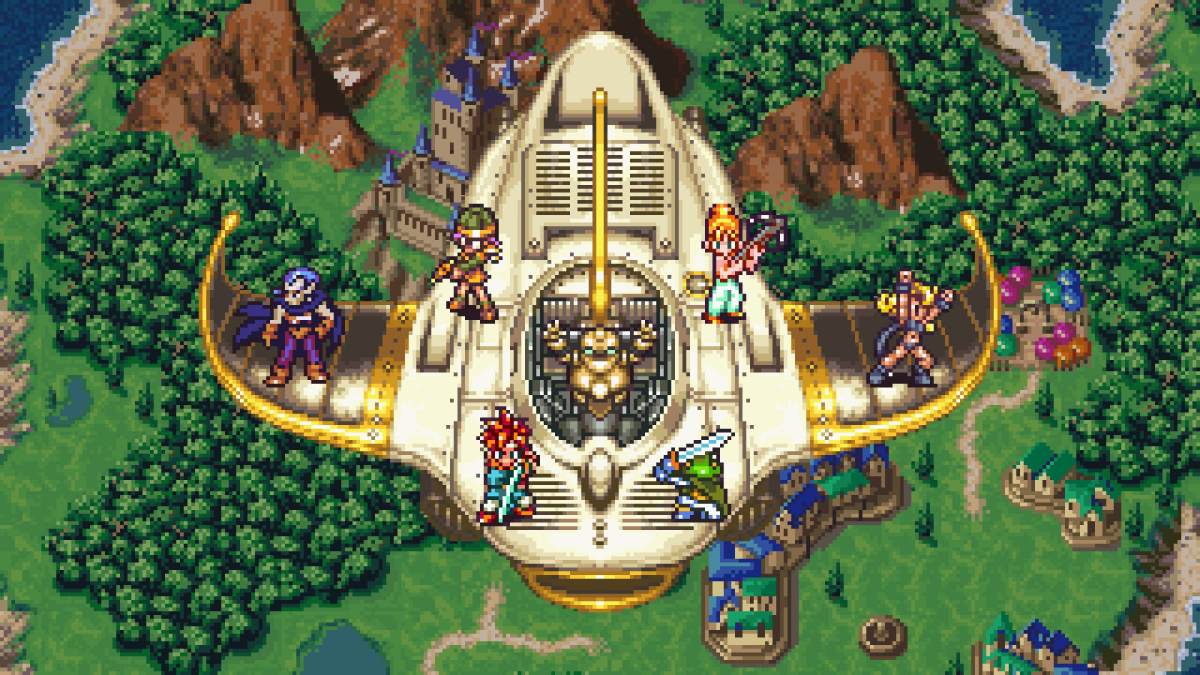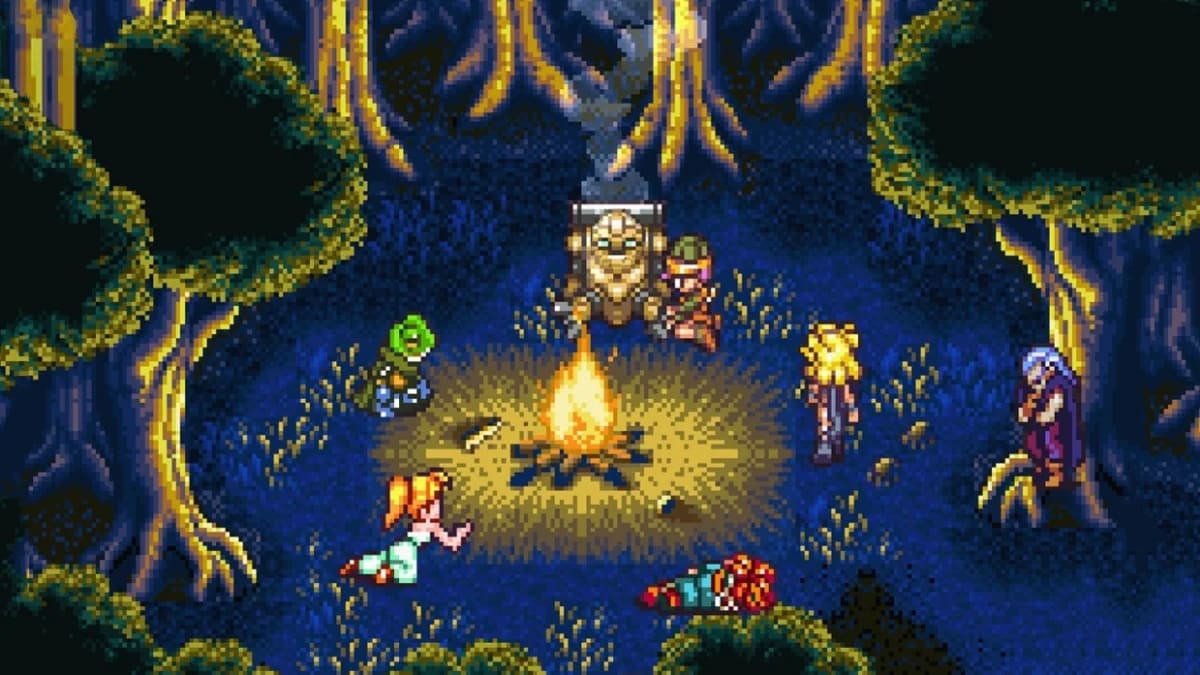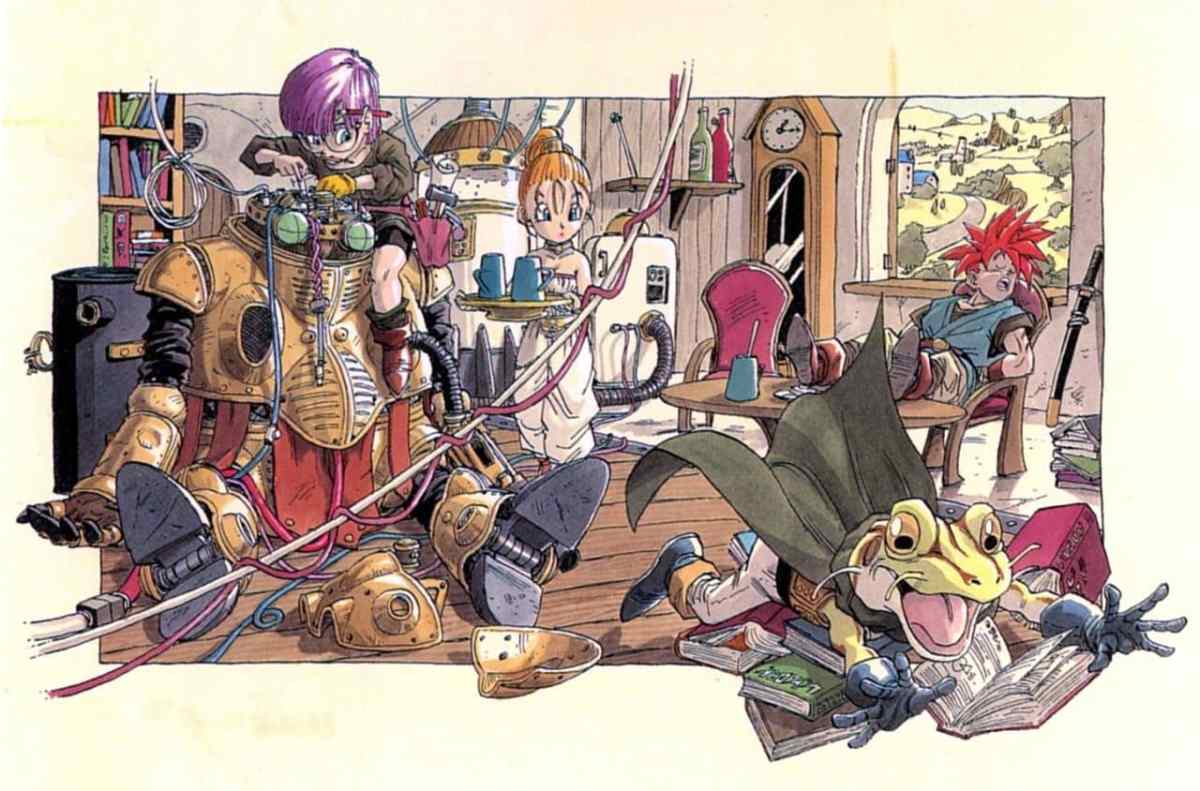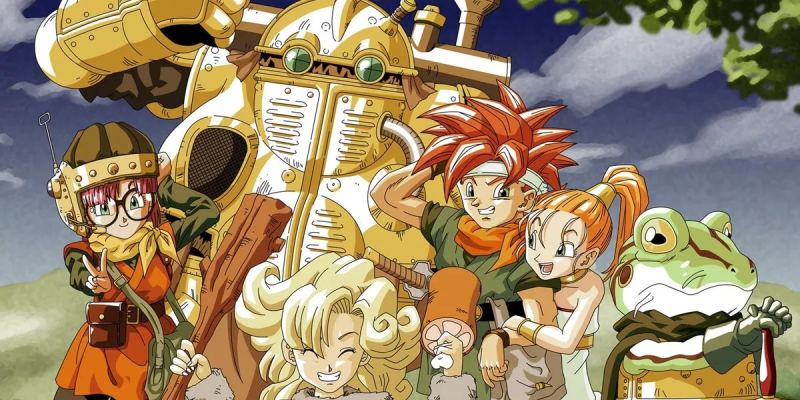Some games will be looked back on as a relic of a specific era, and some will truly be able to stand the test of the time. Like The Wizard of Oz, Casablanca, or The Third Man, there are games that will be able to be experienced with the same enjoyment and appreciation even decades after their release. One of those games is Chrono Trigger — which is celebrating the 25th anniversary of its initial Japanese release today, March 11 — and remains an RPG masterpiece every bit as enjoyable now as it was in 1995.
By now it’s almost cliche to talk about how Square managed to put together a “dream team” of talent to work on Chrono Trigger, but that doesn’t make it any less impressive. Hironobu Sakaguchi and Yuji Horii, the creators of Final Fantasy and Dragon Quest respectively, were brought together for this brand new, yet familiar project. The familiarity stemmed from the art by Dragon Ball legend Akira Toriyama, and Yasunori Mitsuda (with a bit of help from Nobuo Uematsu) composed his first full soundtrack. But equally important as this team of immensely talented artists was that the project came along at a perfect moment in video game history where the technology available to developers helped foster games that could withstand the test of time.
Chrono Trigger was developed in the waning months of 2D’s supremacy. With the original PlayStation already out in Japan and the Nintendo 64 just on the horizon, the team at Square managed to create a game that pushed the SNES hardware to its limits and deliver gorgeous sprites, seamless transitions, and a complex soundtrack that wormed its way into your brain — and in my case, took up permanent residence. There are no oddly deformed character models or contrasts between what exploration and battle looks like, which would later become a staple of Square RPGs on the PS1 with Final Fantasy VII leading the charge. Instead, there’s a consistency and fluidity from the moment the game starts to the moment you roll credits… and then start the whole cycle all over again.

Right from the get-go, Chrono Trigger unfolds at the pace of a speeding train, but with the ability to pull the cord and request a stop to stretch your legs at any point along the way. After the perfect storybook introduction of Crono’s mother waking him up and telling him to go outside and explore the world, you can immediately push on ahead and kick off the time-traveling adventure, or you can really slow down the pace and soak in the details of the world. It’s also early on that we get a taste for how the game is filled with moments of choice that have actual consequences. Some are minor, like your actions with Marle that help decide whether you’re found guilty or innocent in what’s ultimately a kangaroo court later on. Others are much more significant and really play with the concepts of cause and effect throughout the timelines.
That last point is a huge part of what made Chrono Trigger so great in the ‘90s and of what keeps it impressive even now. The ripple effects of your actions feed into both the themes and mechanics of the game as a whole. Moments of greed are shown to lead to the annihilation of a society, but acts of compassion, kindness, and virtue can have a positive impact on the world as you know it. It might seem quaint by today’s standards of player agency and dynamic storytelling, but it helped lend a personal touch to your adventure that really made it feel like it was being authored by your actions.
But none of this would matter if we didn’t like the characters we were spending all this time with, and the team behind Chrono Trigger knew that well. The familiar style and iconography of Toriyama’s characters and creatures draws us in, but it’s the great writing, interactions, arcs, and wonderful little moments that make the cast as memorable as any in JRPG history. Seeing the motley crew you’ve cobbled together from across time all gathered around the same campfire in one of the game’s most iconic shots highlights just how well Square was able to make so many differently shaped pieces connect well together. This moment is part of one of the optional stories in the back half of the game. These stories open up and offer some really great side quests that are both challenging and rewarding, but also flesh out aspects of the crew you’ve grown to love.

These quests are just a small part of the tangible sense of progression throughout the game — both in the distance you cover, as well as how much your party grows. The game’s power curve isn’t just in how you level up, but in how combat and exploration both fundamentally evolve throughout the adventure. You learn elemental magic from a demigod in a place that exists outside of time, party experimentation is encouraged in the form of powerful double and triple techs that require specific combinations of characters, mortal enemies can (possibly) become uneasy allies, and you eventually gain the ability to control both time and space once you have ownership of the Epoch time machine.
That time travel aspect is crucial to both the breadth and the pace of the entire adventure. It enables the game to be consistently surprising. As soon as you begin to get comfortable and find your legs in a specific time period, destiny comes along and sweeps you off in another direction. The medieval power struggle of 600 AD gives way to the post-apocalyptic survival story of 2400 AD, which are both subsequently provided more context by the early man vs. lizard people conflict of 65,000,000 BC and the ultimate catalyst of it all in the Kingdom of Zeal circa 12,000 BC. The scope of the whole thing surpasses nearly every single one of its contemporaries and still remains impressive today. Seeing how the world map and its specific locales change over the course of millions of years adds so much depth and complexity to the whole thing.

But part of Chrono Trigger’s lasting charm is in how Square created an adventure that didn’t seem finished just because you rolled credits for the first time. It might not have been the first game to feature New Game Plus, but it was certainly one of the earliest examples of giving you a lot of great reasons to stay in its world. Restarting the game with a powerful crew and then challenging yourself to take on Lavos at earlier points in the story resulted in some incredible alternate endings, which ranged from silly fourth-wall breaking jokes from the development team to genuinely emotional moments involving some of your favorite characters. As a kid who spent a long time saving up for the $80 (!) price tag, having so much to dig through and unearth in subsequent playthroughs meant the world to me.
Just writing this column made me want to charge my Nintendo DS and start a new file on the 2008 port. Or better yet, bring out my SNES, find my original cartridge, give it a quick blow for good luck, and hop into a New Game Plus. Honestly, I don’t think I’ve ever played an RPG over the past 25 years and not compared some aspect of it to Chrono Trigger, only to come to the conclusion that most of the time, Square did it better in 1995. So many video games have become iterative, with each new installment building upon and improving in a way that makes what came before it either substandard or even irrelevant. But that’s not the case with Chrono Trigger, which is a singular work of the SNES era that’s never really been topped. All of its fantastic elements combine to form a wonderful game where, even 25 years later, being woken up by your mother on a beautifully sunny day is only the start of an unforgettable adventure.
